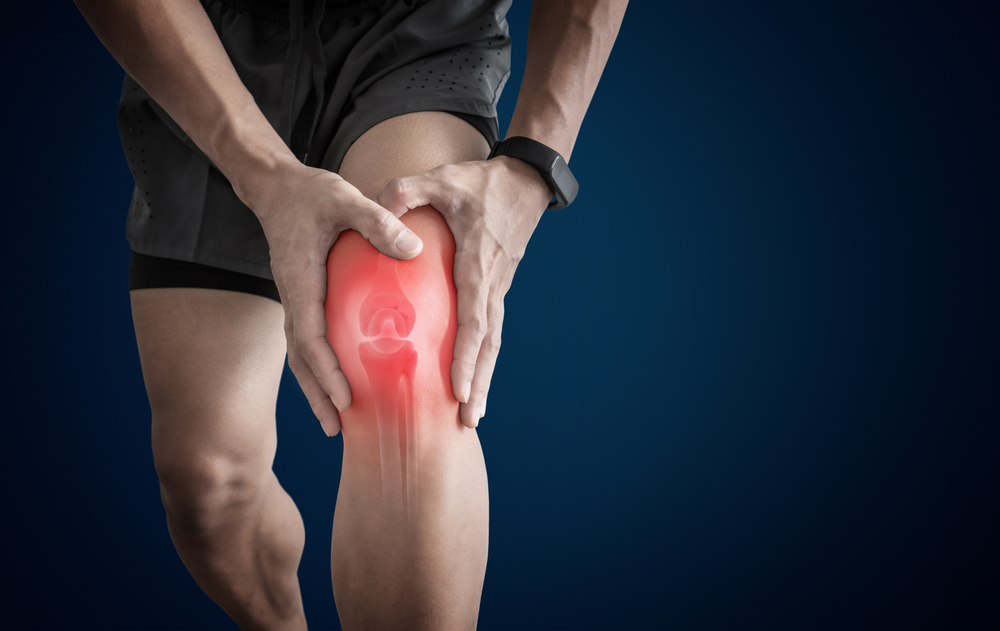Joint pain is a prevalent and often debilitating condition that affects millions of people worldwide. It can interfere with daily activities, reduce mobility, and significantly impact the quality of life. While joint pain is a common complaint, it’s essential to understand that it can have various underlying causes.
In this blog post, we will delve into the culprits behind joint pain, exploring the root causes that can lead to this discomfort.
Osteoarthritis
Osteoarthritis, often referred to as OA, stands out as the most prevalent cause of joint pain. It occurs when the protective cartilage that cushions the ends of bones gradually wears down over time. Without this cushioning, bones begin to rub against each other, leading to pain, swelling, and decreased joint flexibility. OA commonly affects weight-bearing joints like the knees, hips, and spine.
Rheumatoid Arthritis
Rheumatoid arthritis (RA) is an autoimmune disorder in which the body’s immune system mistakenly attacks the synovium, the lining of the membranes that enclose the joints. This attack triggers inflammation, causing pain, stiffness, and potential joint damage. Unlike OA, which primarily affects older adults, RA can strike at any age.
Autoimmune disease
Joint pain can be really tough, making it hard to enjoy activities and live life to the fullest. Sometimes, it’s caused by something called an autoimmune disease. This happens when your body’s defense system attacks your own healthy parts, causing swelling and making your joints hurt and stiff.
But don’t worry, there are ways to handle this. If you think an autoimmune disease might be causing your joint pain, reach out to specialists in Boise who know all about it. They can figure out what’s going on and create a plan just for you to help you feel better and get back to your normal life.
Gout
Gout is characterized by sudden and severe joint pain caused by the accumulation of uric acid crystals in the joints, most commonly the big toe. When uric acid levels in the bloodstream become too high, these crystals can form and cause intense discomfort.
Injuries
Traumatic injuries such as sprains, strains, and fractures can lead to immediate joint pain. These injuries can damage ligaments, tendons, and cartilage, all of which play crucial roles in joint stability and function.
Lupus
Systemic lupus erythematosus (SLE or lupus) is an autoimmune disease that can affect multiple parts of the body, including the joints. Joint pain and inflammation are common symptoms in individuals with lupus, as the immune system attacks various tissues, leading to discomfort and reduced mobility.
Infections
Bacterial or viral infections can cause joint pain and swelling. Conditions like septic arthritis and Lyme disease are examples where infections can infiltrate joint tissues, resulting in painful symptoms.
Overuse or repetitive stress
Repetitive movements or overuse of specific joints can lead to joint pain. Conditions like tennis elbow and carpal tunnel syndrome are classic examples of how overuse or repetitive stress can result in discomfort.
Obesity
Carrying excess body weight places added stress on weight-bearing joints such as the knees and hips. Over time, this can contribute to joint pain and increase the risk of developing osteoarthritis.
Hormonal changes
Hormonal fluctuations, particularly during menopause, can impact joint health and lead to increased stiffness and pain for some individuals. The exact mechanisms behind this connection are still being studied.
Genetics
Your family history and genetic makeup can play a significant role in your susceptibility to certain joint conditions. Conditions like rheumatoid arthritis and ankylosing spondylitis have genetic components that can increase the likelihood of experiencing joint pain.
Understanding the underlying causes of joint pain is crucial for effective management and treatment. If you’re experiencing joint pain, it’s essential to consult a healthcare professional for a proper diagnosis and tailored treatment plan. Treatment options may include medication, physical therapy, lifestyle modifications, and in some cases, surgery.
Prevention is also key to maintaining joint health. Adopting a healthy lifestyle that includes regular exercise, maintaining a balanced diet, and managing weight can help reduce the risk of joint pain, especially related to conditions like osteoarthritis.
Conclusion
Joint pain can stem from various root causes, ranging from degenerative conditions like osteoarthritis to autoimmune disorders like rheumatoid arthritis. It can also result from injuries, infections, hormonal changes, genetics, and lifestyle factors.
Each individual’s experience with joint pain is unique, so it’s essential to seek professional guidance to identify the specific cause and develop an appropriate treatment plan. By understanding the culprits behind joint pain, we can take proactive steps to alleviate discomfort and improve joint health for a better quality of life.














